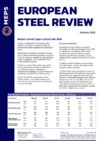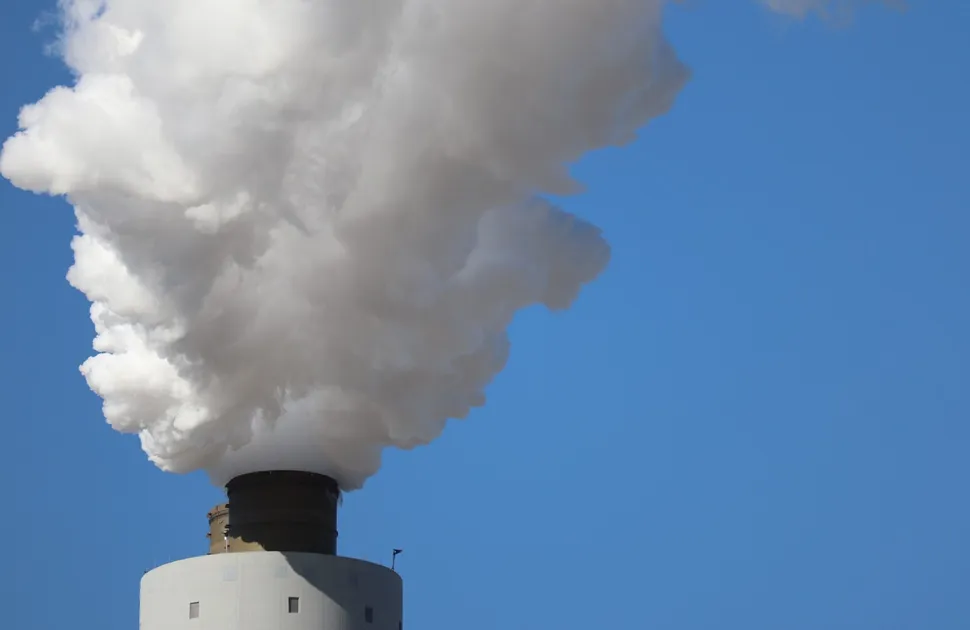Steel import tariffs and CO2 border taxes: protectionism or encouragement?
Since late 2019, the European Commission has been considering the introduction of a CO2 border tax, covering all industrial sectors. At first glance, this has the appearance of another protectionist measure, aimed at preserving European manufacturing in the face of imports, which supposedly undercut local costs. In truth, a tax which has as its goal the reduction of emissions within Europe can be viewed much more positively than the raft of protectionist tariffs introduced worldwide in recent times.
Within the steel sector, President Trump’s Section 232 tariffs, introduced in 2018, have, by holding back external competition, merely shielded large US steel producers, which were able to improve profitability, without the need to invest or rationalise further. US capacity utilisation ramped up rapidly, only to fall sharply when the Covid-19 pandemic hit demand and workers. Output is only now reaching pre-Section 232 levels.
The EU’s safeguarding quotas were implemented, in early 2019, as a direct response to the US government’s actions, to prevent a flood of steel being diverted from its normal channels into the European pool. The measures certainly won the approval of major steelmakers, who are still keen to see them extended, and had the desired effect of holding back imports. However, as with all such blunt instruments, there were unintended consequences.
Structural hollow sections, a growing market and one heavily dependent on Turkish imports, witnessed quotas being exhausted within days of opening, as bonded material was cleared, with subsequent shortages resulting in significant price spikes. Elsewhere, independent downstream rerollers and processors were unable to access the imports on which they rely, as European works favour their own in-house activities.
It would, however, be very wrong to run away with the idea that the European steel industry lacks investment. Great strides have been taken in the search for alternative methods of iron and steel manufacture, to replace heavily polluting blast furnaces. HYBRIT in Sweden, where SSAB, LKAB and Vattenfall are working towards fossil-free steel, Salzgitter’s SALCOS project and Dillinger’s use of hydrogen in the blast furnace route are practical examples of meeting the EU’s target of reducing greenhouse gas emissions by 50% over the next ten years.
Such efforts are enormously costly and time-consuming, with little immediate reward for the individual companies. Without some form of intervention, European steel producers run the risk of investing in new technology whilst cheaper competition, not subject to the similar regulations, takes away the market. At its extreme, this could lead to a severe reduction in European output, with significant consequent loss of employment, with no real reduction of manufacturing’s carbon footprint.
A CO2 border tax, aimed at higher-polluting steel producing countries, would act as a deserved financial encouragement to those firms which have already invested in the new technology and would push producers worldwide to adopt more environmentally friendly operations, to the benefit of the global population.
Governments worldwide have an important role to play in encouraging reduced CO2 emissions, which could herald sensible and sustainable world steel trade flows, rather than indulging in protectionist measures, which allows outdated technology to limp along.

Source:
European Steel Review
The MEPS European Steel Review is an informative, concise and easy-to-use monthly publication, offering unique professional insight into European carbon steel prices.
Go to productRequest a free publication





